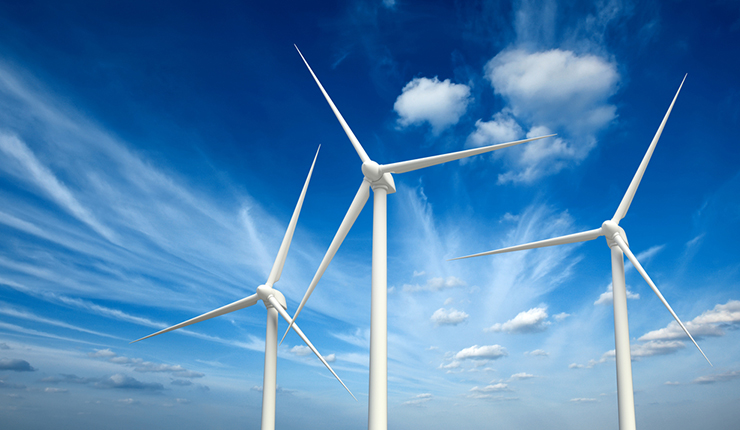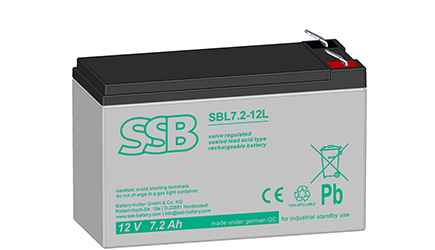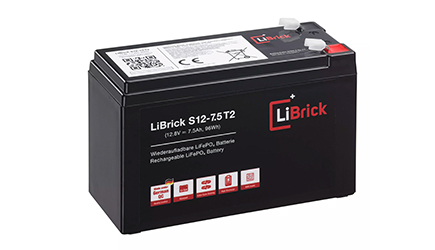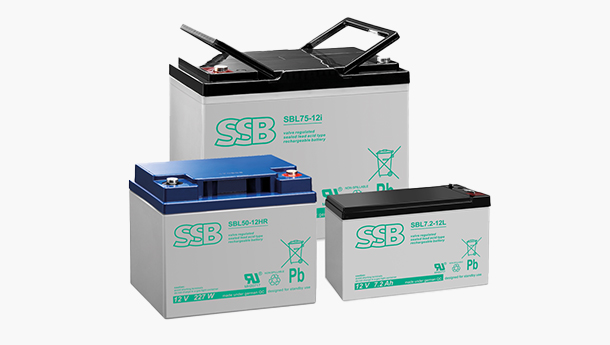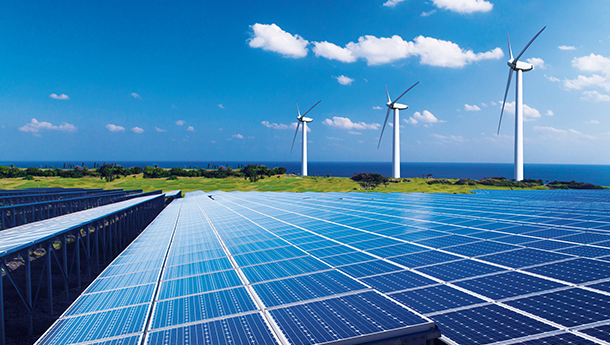
What wind turbines are there and how are they constructed?
A basic distinction is made between horizontal and vertical wind turbines. However, vertical wind turbines are less suitable for large-scale electricity generation and have therefore not become established. The classic horizontal wind turbine has a tower, a rotor with 2 – 3 rotor blades (vanes) and a nacelle in which the technology is housed. The horizontal axis of rotation gives the wind turbine its name.
The height of a horizontal turbine varies and can reach up to 250 metres. However, the highest turbines are located offshore, as there are usually no height restrictions at sea.





